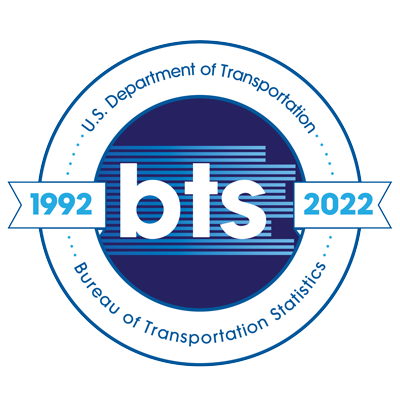Mobility justice for persons with disability, body-environment interactions, and velomobility.
Topics:
Keywords: distributive justice, velomobility, body-environment interactions, mobility, cycling technology
Abstract Type: Paper Abstract
Authors:
Glen Norcliffe, York University, Toronto
John Radford, York University, Toronto
,
,
,
,
,
,
,
,
Abstract
Persons with a disability are often placed at a disadvantage in a wide range of activities that require mobility, ranging from movement within the home, in various sports, at work, in daily life in the community, and travel in larger cities and even international spaces. We argue that justice – in this instance distributive justice - “consists of treating equals equally and unequals unequally, in proportion to their inequality” (Hurlbert, 2018, p.13). In asking “who gets what?” distributive justice seeks fairness in how rewards and costs are shared by (distributed across) group members via an agreed upon social contract (Rawls, 1971). The needs of an individual are thereby considered in the context of larger society, so that libertarian principles defending autonomy and opposing state power are forcefully rejected.
Long-used solutions addressing mobility justice include the use of wheelchairs and mobility vehicles, but we wish here to focus on velomobility as we feel that recent technical developments in cycling offer a range of new or expanded possibilities. In the cases we focus on, the physical limitations of the body are partly solved by adapting various kinds of cycles to the needs of the individual. We also recognize the frequent failure of society to address the numerous instances where infrastructure adapted to the needs of persons with disability is not prioritized.
Mobility justice for persons with disability, body-environment interactions, and velomobility.
Category
Paper Abstract








